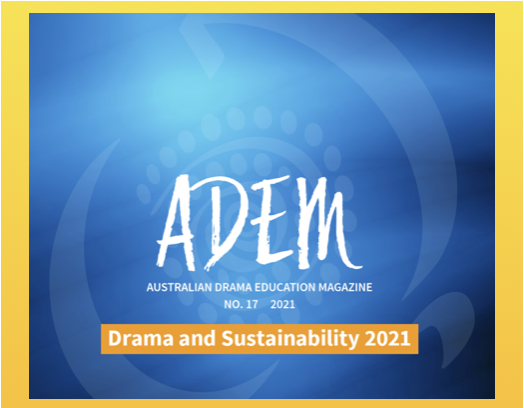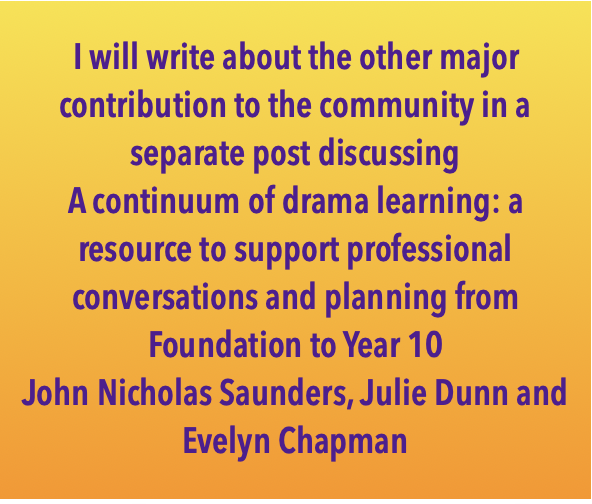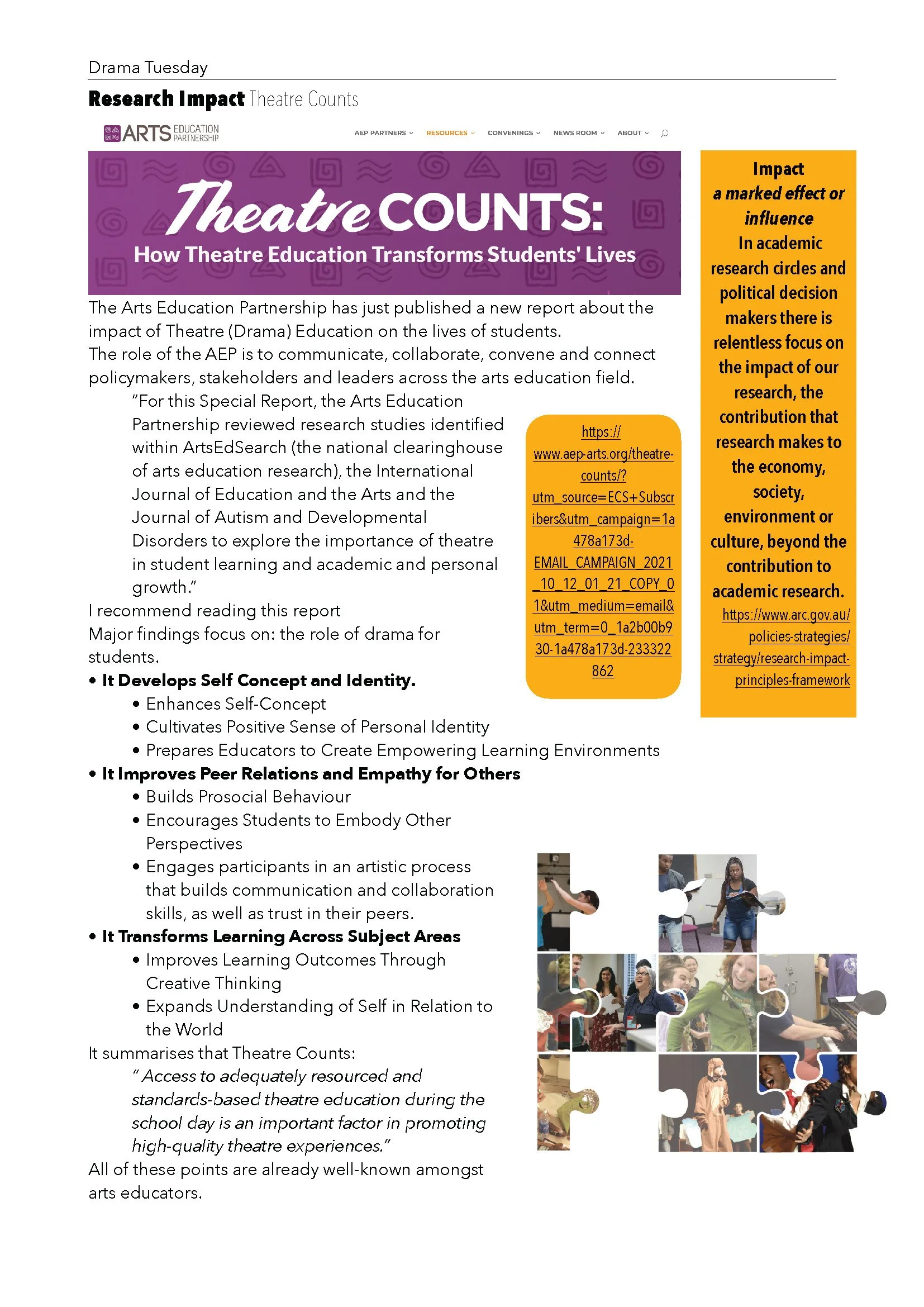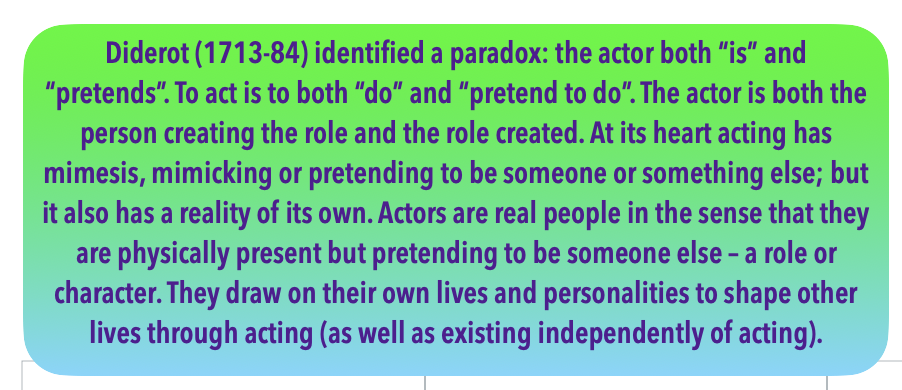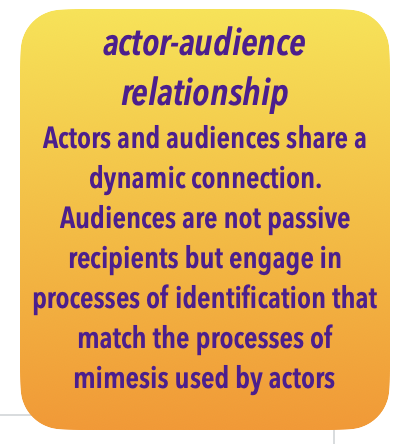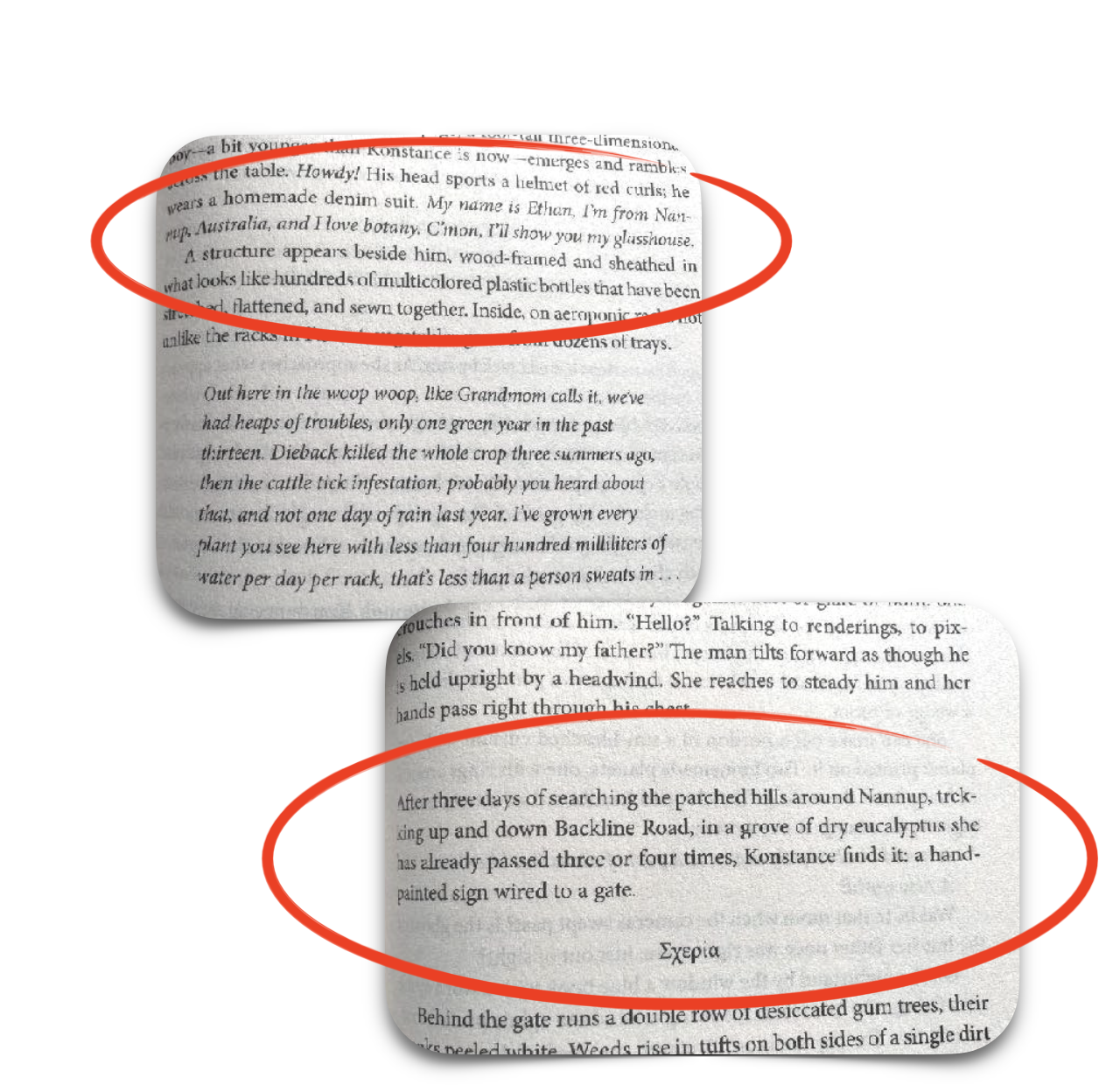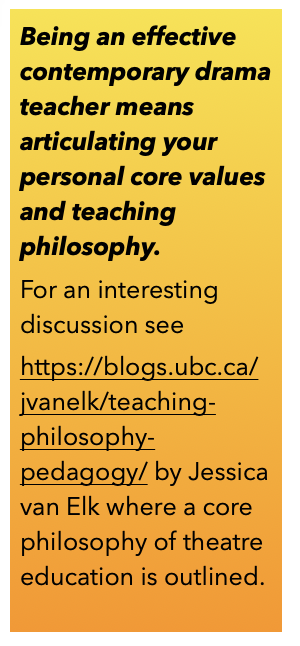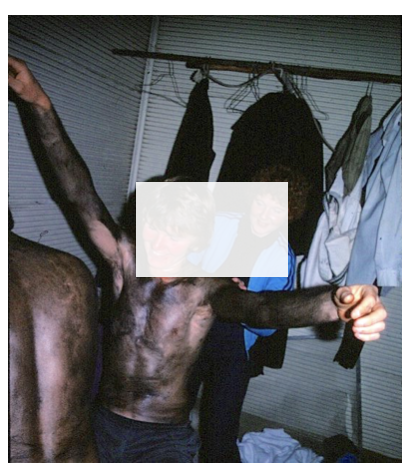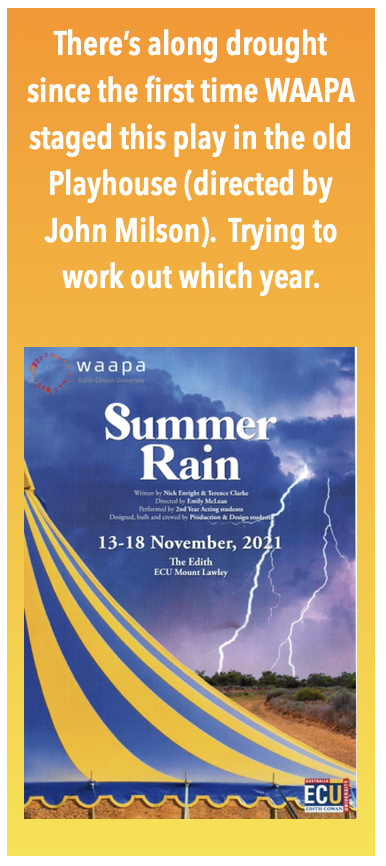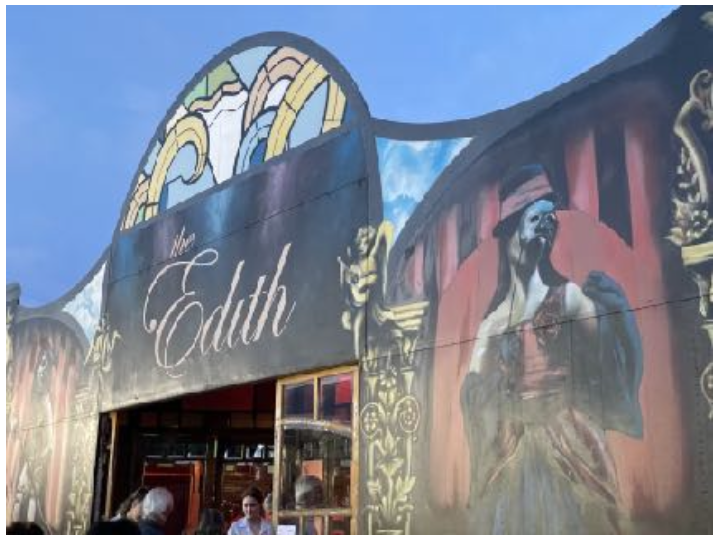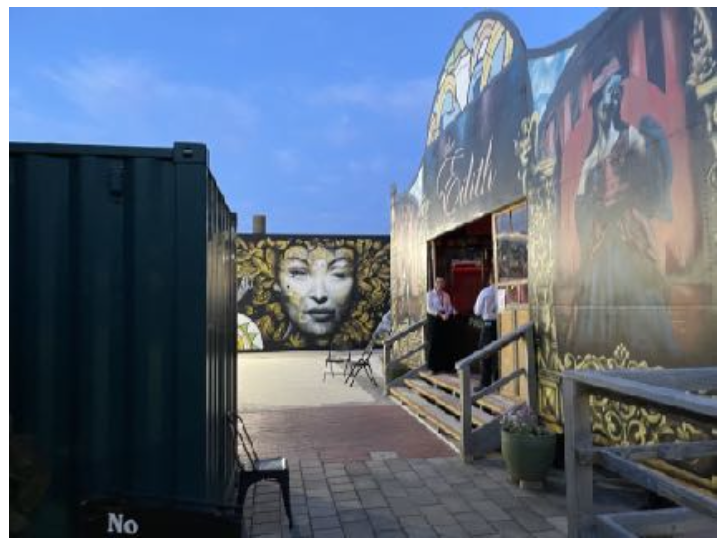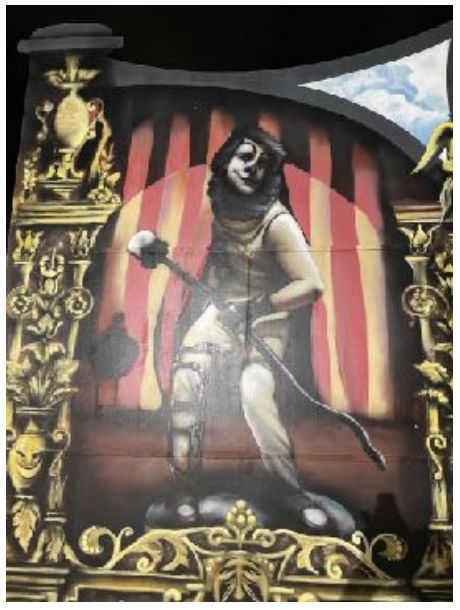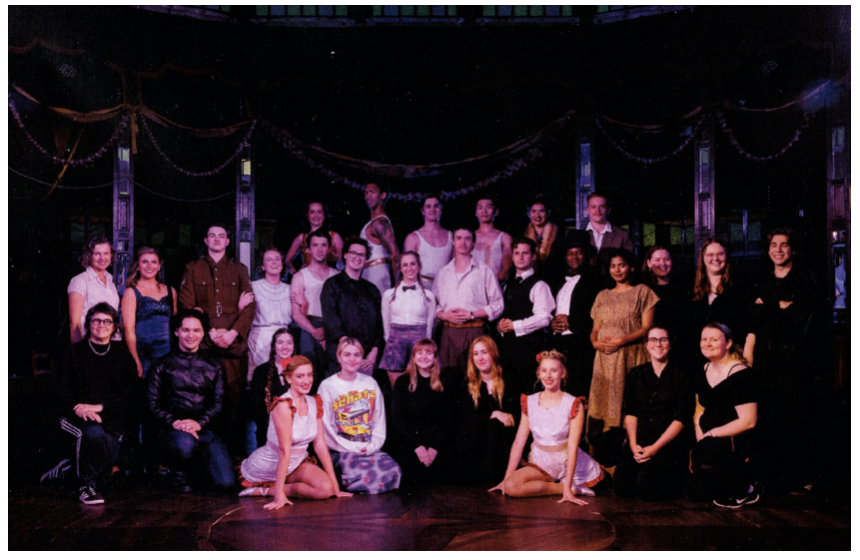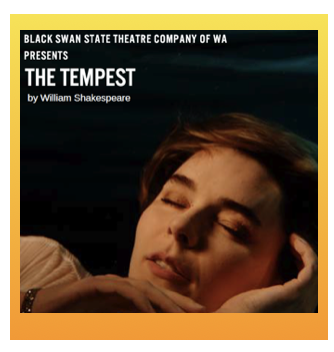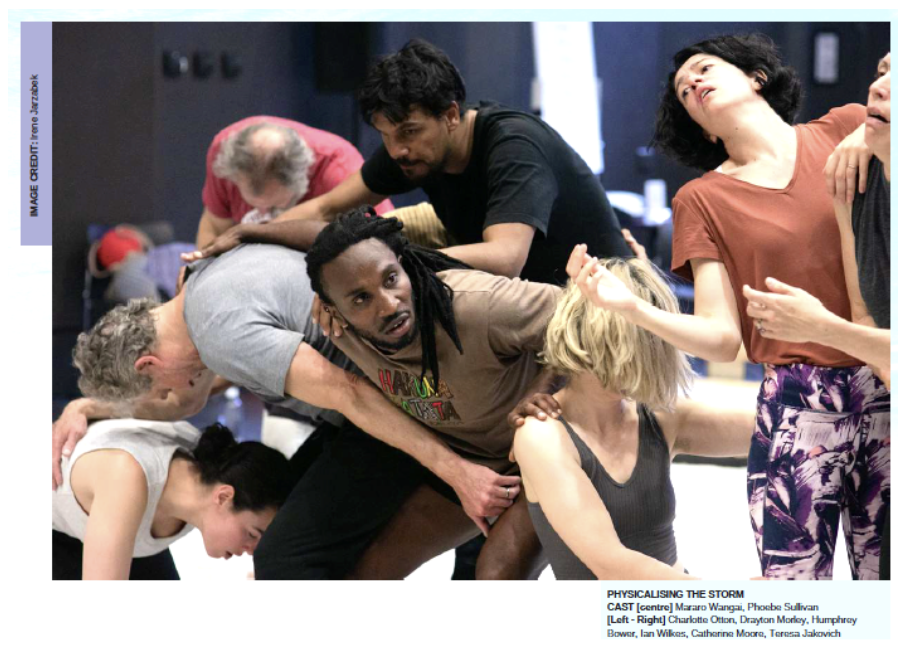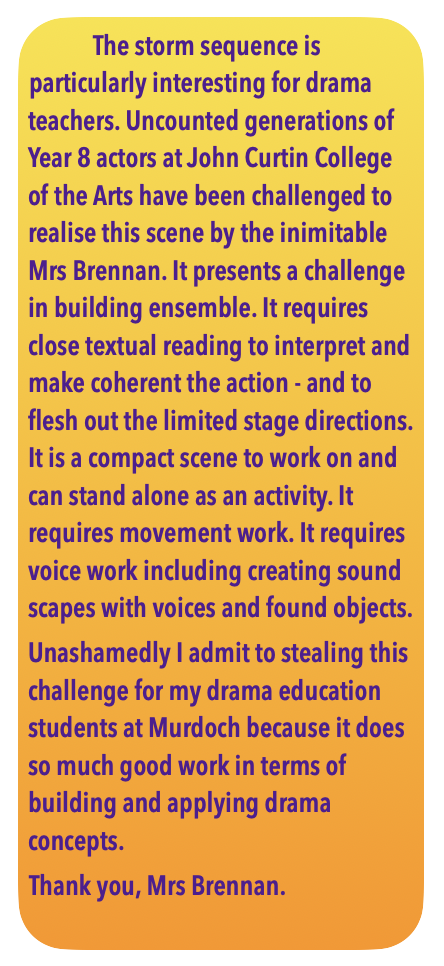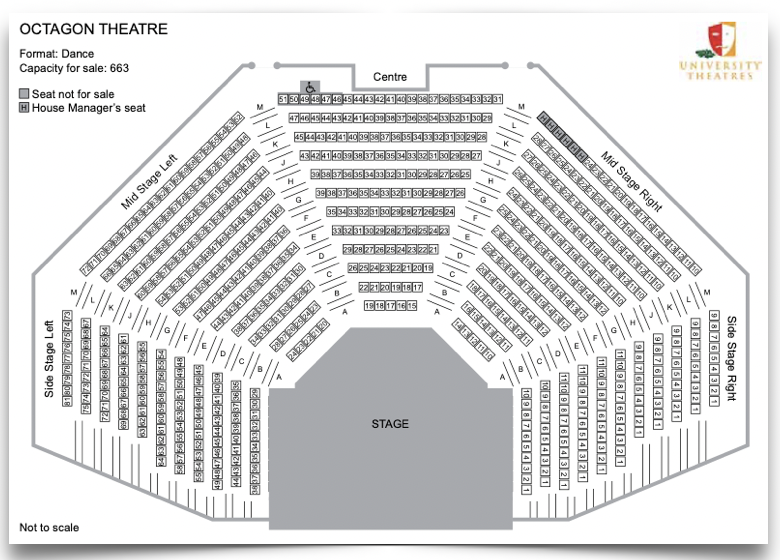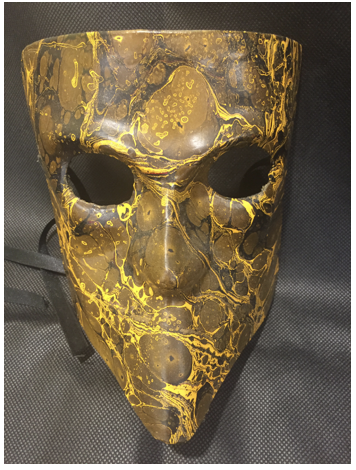Drama Tuesday - Drama Australia Creating Community
/To subscribe to Drama Australia publications
Drama Australia AdministratorPO Box 1205, Milton, QLD 4064. AUSTRALIA
Ph: +61 7 3009 0664
Fax: +61 3009 0668
email: admin@dramaaustralia.org.au
It’s always exciting when Drama Australia publishes ADEM, the Australian Drama Education Magazine. ADEM sits alongside the fully referred NJ - Drama Australia Journal. It is designed to create community and share news.
This themed edition celebrates 10 years since the publication of Drama Australia’s Acting Green Guidelines (2011) – https://dramaaustralia.org.au/assets/files/Acting%20Green%20The%20case%20studies(1).pdf. ADEM calls for a timely revision and invites responses to a survey (https://www.surveymonkey.com/r/YQVK8G2) on ways of moving forward.
Drama Australia’s Acting Green guidelines were built on the understanding that sustainable drama and theatre practice and teaching about sustainability through drama are ways to directly involve students in understanding their connections with the natural environment, and the interdependence of systems that support life on Earth. They connect to the Australian Curriculum (ACARA)
The articles focused on Drama and Sustainability are a clear commitment to engaging with this key issue.
Eco-anxiety and Drama Education, Jo Raphael.
Unity in troubled times, Darcie Kane-Priestley, Emma McDonald, and Julia Prestia.
Two articles offer drama curriculum ideas based on children’s literature.
Susan Chapman writes about Drama giving voice to sustainability through an Arts immersion approach, exploring the novel Chelonia Green, Champion of Turtles (Mattingly, 2008).
Helen Sandercoe outlines a process drama based on ‘Circle’ by Jeannie Baker,
Learning about ecoscenography Tanja Beer.
Beyond the pandemic: Seeking sustainability in online drama education, Andrew Byrne, Susan Cooper, and Nick Waxman.
The final section provides 2021 Reflections from the State and Territory member Associations of Drama Australia.
In these times where the COVID-119 Pandemic has increased our sense of isolation, the value and need for a shared community of practice – as provided by Drama Australia and member associations – is essential and necessary.
Thank you Drama Australia for this latest initiative.
Thanks Dr Jo Raphael (Editor) and Danielle Hradsky (Associate Editor).


